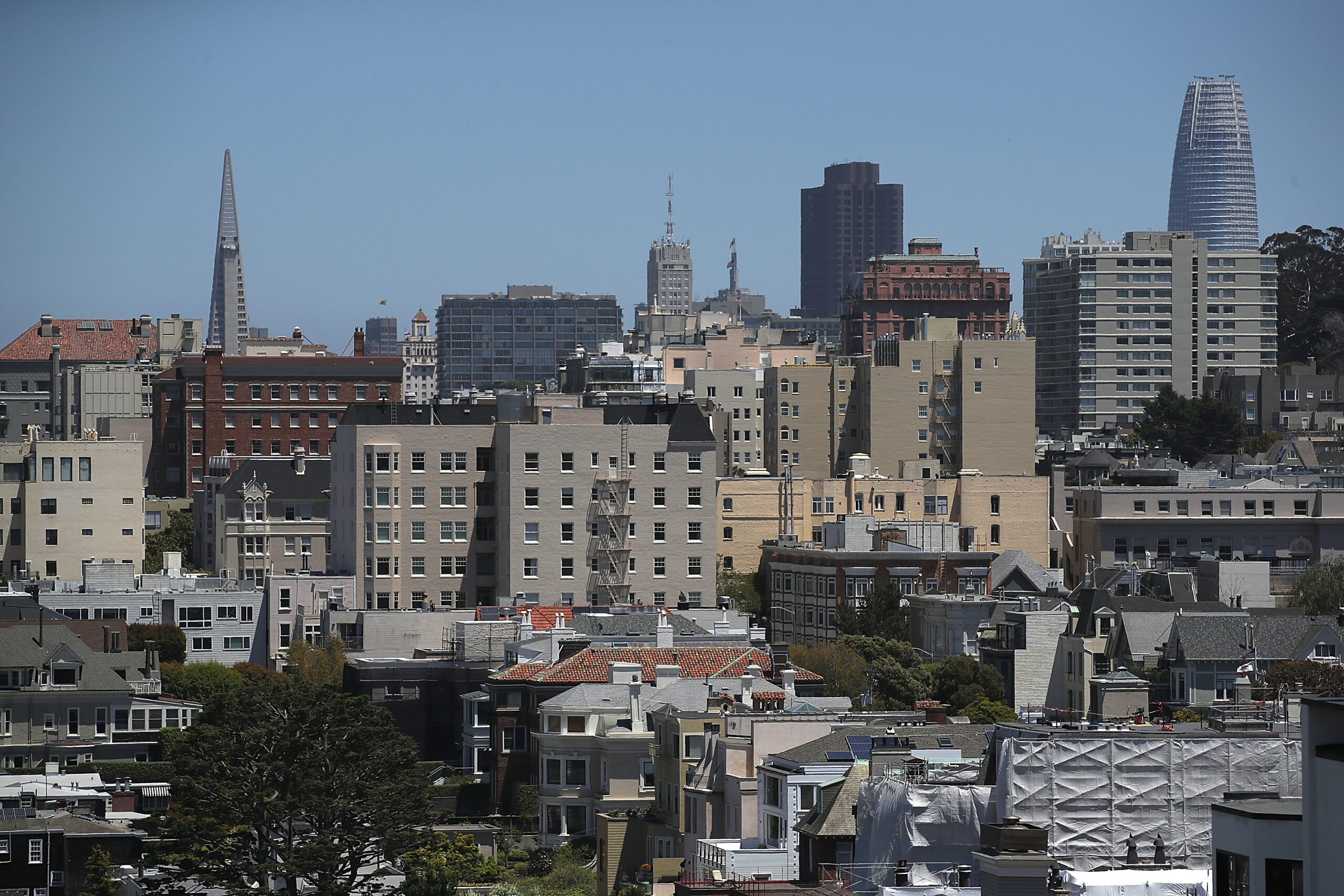The approval of two bills this week marked a turning point in housing policy statewide, though any effect on San Francisco’s housing landscape is likely to be slow.
The California State Assembly passed two high-profile housing bills this week, SB 9 and SB 10, that will together make it easier to build multi-unit housing on more swaths of land in the state.
SB 9, which will advance to the State Senate for final approval in September, effectively ends restrictive single-family zoning in the state by allowing duplexes on lots otherwise reserved for single homes. That bill also allows owners to subdivide their lots if they meet a certain size threshold, making it possible to build four units on a single lot.
“In San Francisco, the average prototypical lot is around 2500 square feet. You’d be legally allowed to split it in two, meaning you could have two duplexes or four total units,” said Todd David, executive director of Housing Action Coalition.
Meanwhile, SB 10 would let local governments rezone parcels up to 10 units with no environmental review. Local governments must opt into the law, but those that do will be able to quickly rezone swaths of land without triggering long and costly reviews under the California Environmental Quality Act by default (CEQA).
“It will give the Mayor and Board of Supervisors much more flexibility in rezoning for small multi-unit housing,” said Sen. Scott Wiener (D-San Francisco), who introduced SB 10. “Those rezonings could take many years, so it could be a very powerful tool for any effort to rezone broader swaths of San Francisco.”
If Governor Gavin Newsom ultimately signs both bills, they would be enacted next January alongside efforts by local policymakers to pave the way for more housing, particularly in areas of the city with few apartments.
Neither SB 9 nor SB 10 are likely, by themselves, to produce a major groundswell of housing production.
According to the Terner Center for Housing Innovation at UC Berkeley, San Francisco has about 6,500 housing parcels for which SB 9 could increase the number of “market-feasible” units. However, feasibility does not guarantee that any future development would take place, and researchers at the Terner Center concluded that the bill is unlikely to result in much demolition of existing housing stock.
“The question really becomes how many empty lots are there,” added David. “There is no reason for someone not to split an empty lot, and I think it would be in the city’s interest to encourage that.”
If the city were to opt into SB 10, it could much more easily rezone chunks of land for denser housing. The Board of Supervisors may instead opt to advance their own proposals for housing production, at least for the immediate future.
Under a state mandate called the Regional Housing Needs Allocation (RHNA), San Francisco will likely be required to build about 82,000 new housing units between 2023 and 2031. That’s a significant increase compared to the city’s pace of housing production in recent years.
The Planning Department is tasked with writing a so-called Housing Element, or a citywide plan to meet the expected mandate of 82,000 housing units by 2031. The department kicked off that process in April, and will produce a final plan next year.
“Rezoning is planting seeds for the future—it’s not immediate production, but it’s creating the foundation,” added Wiener. “Over an eight-year cycle, if the Board of Supervisors were to do a rezoning now, it would help in terms of RHNA.”
In the coming months, the San Francisco Board of Supervisors is expected to consider a handful of new ordinances intended to boost housing capacity.
In July, Supervisor Rafael Mandelman introduced a proposal that would allow the construction of fourplexes citywide. It’s an amped-up version of an earlier proposal by Mandelman to allow fourplex construction on corner lots, but the newer plan could facilitate more “equitable” distribution of multifamily housing across the city, according to Mandelman.
Fourplexes are “a small piece” of San Francisco’s broader housing needs, Mandelman added.
“By the standards of the past, this is a relatively significant upzoning,” he told Here/Say in July. “Compared to what the moves that we’re going to need to make to meet our obligation…it’s relatively modest.”
